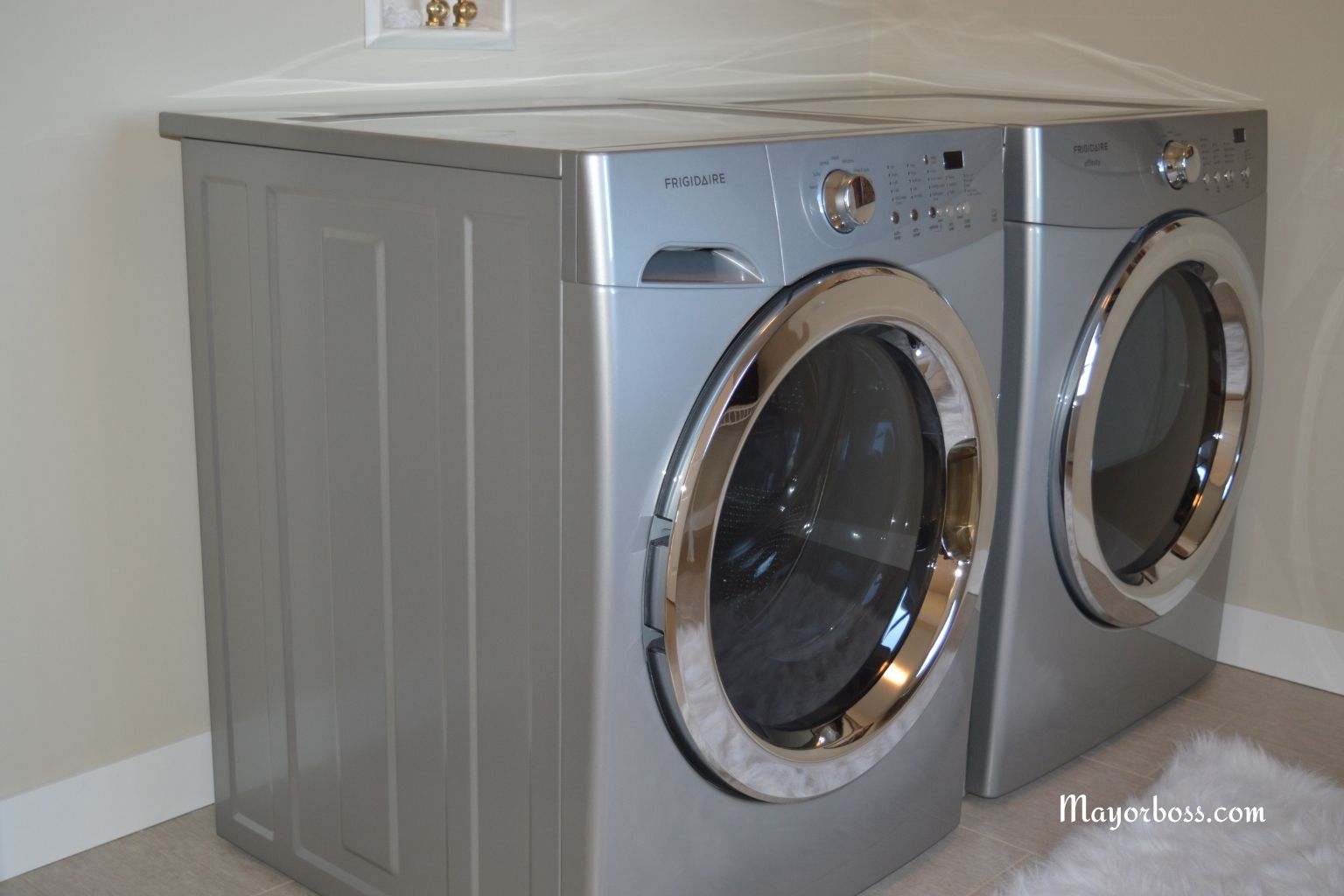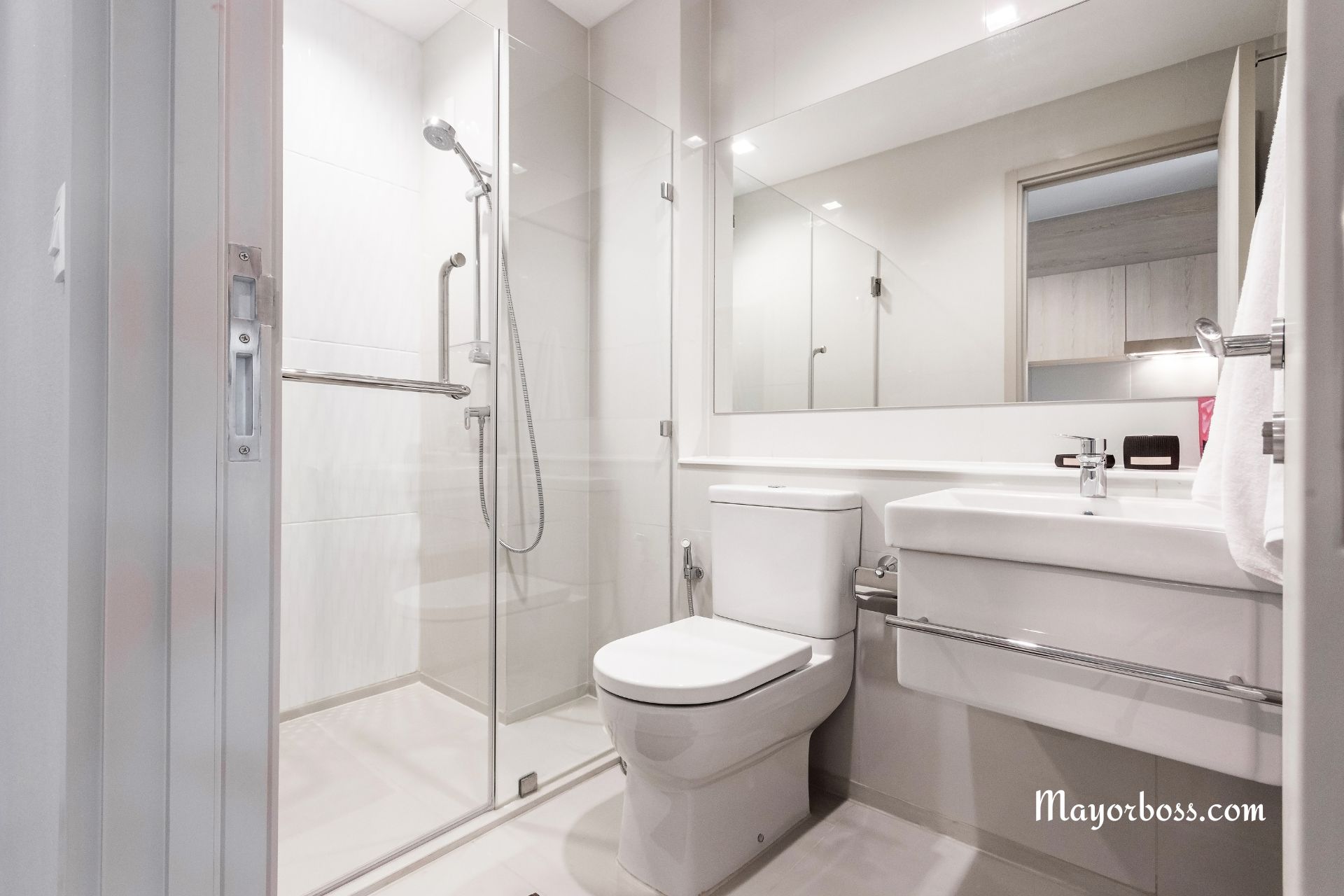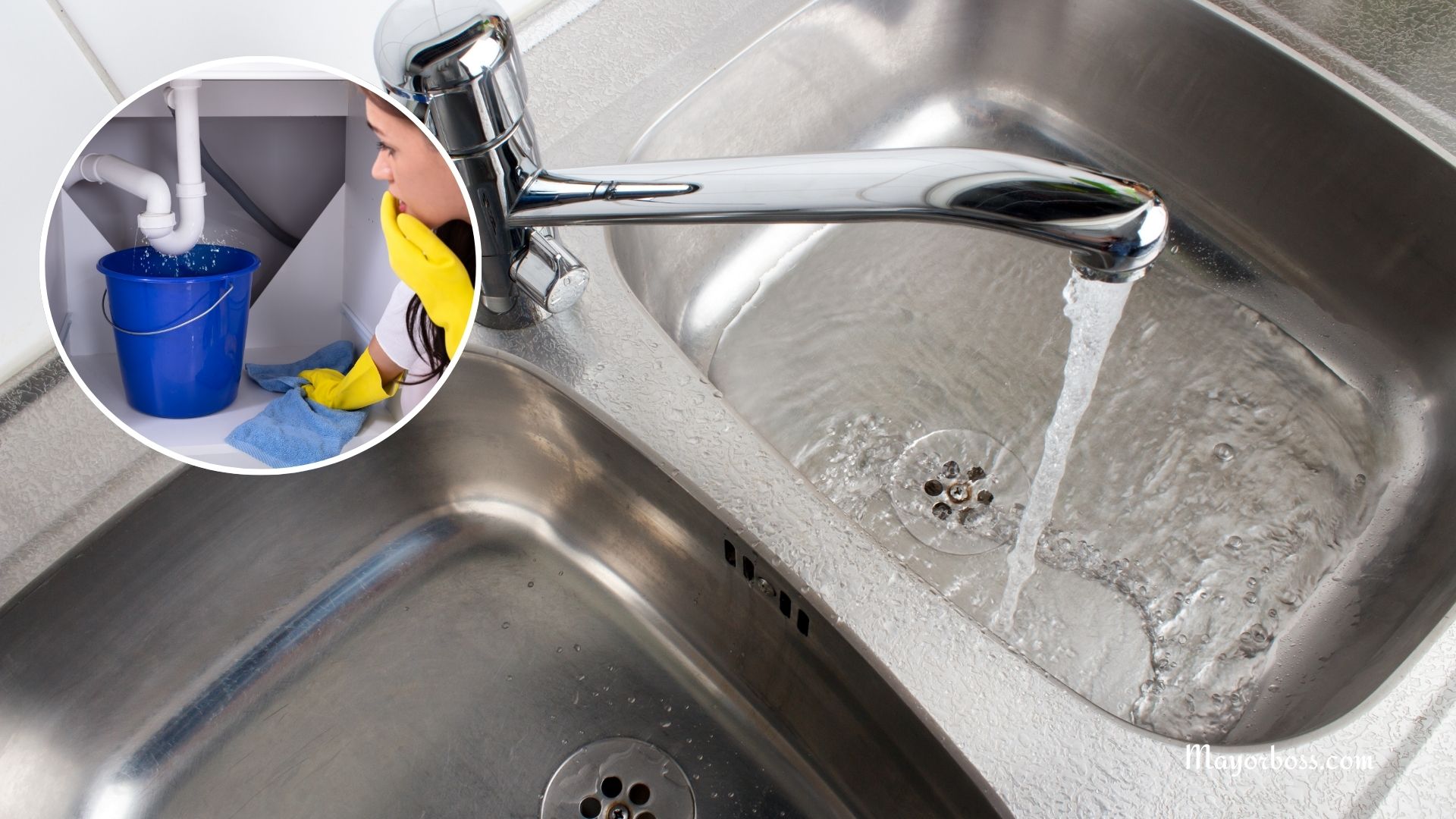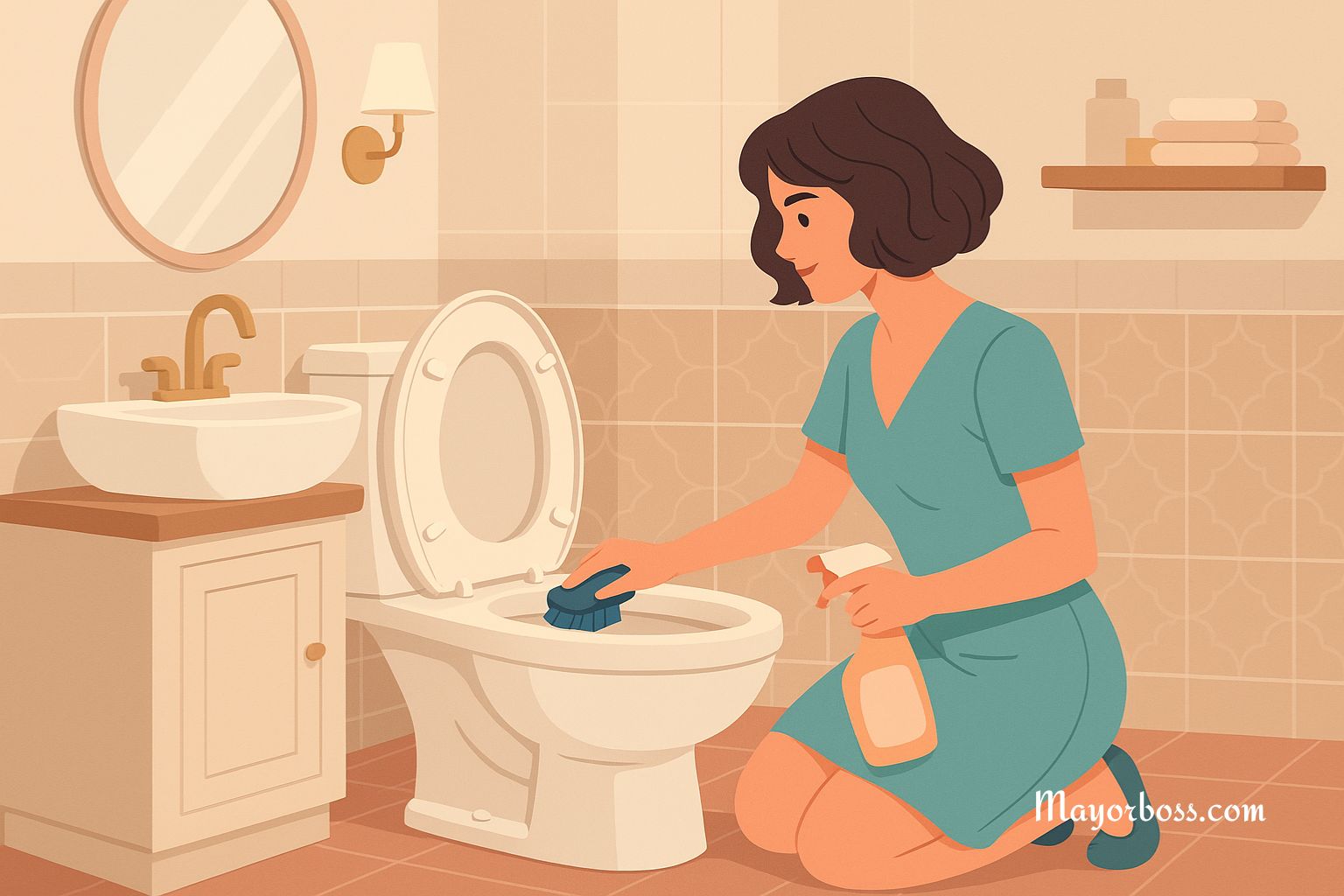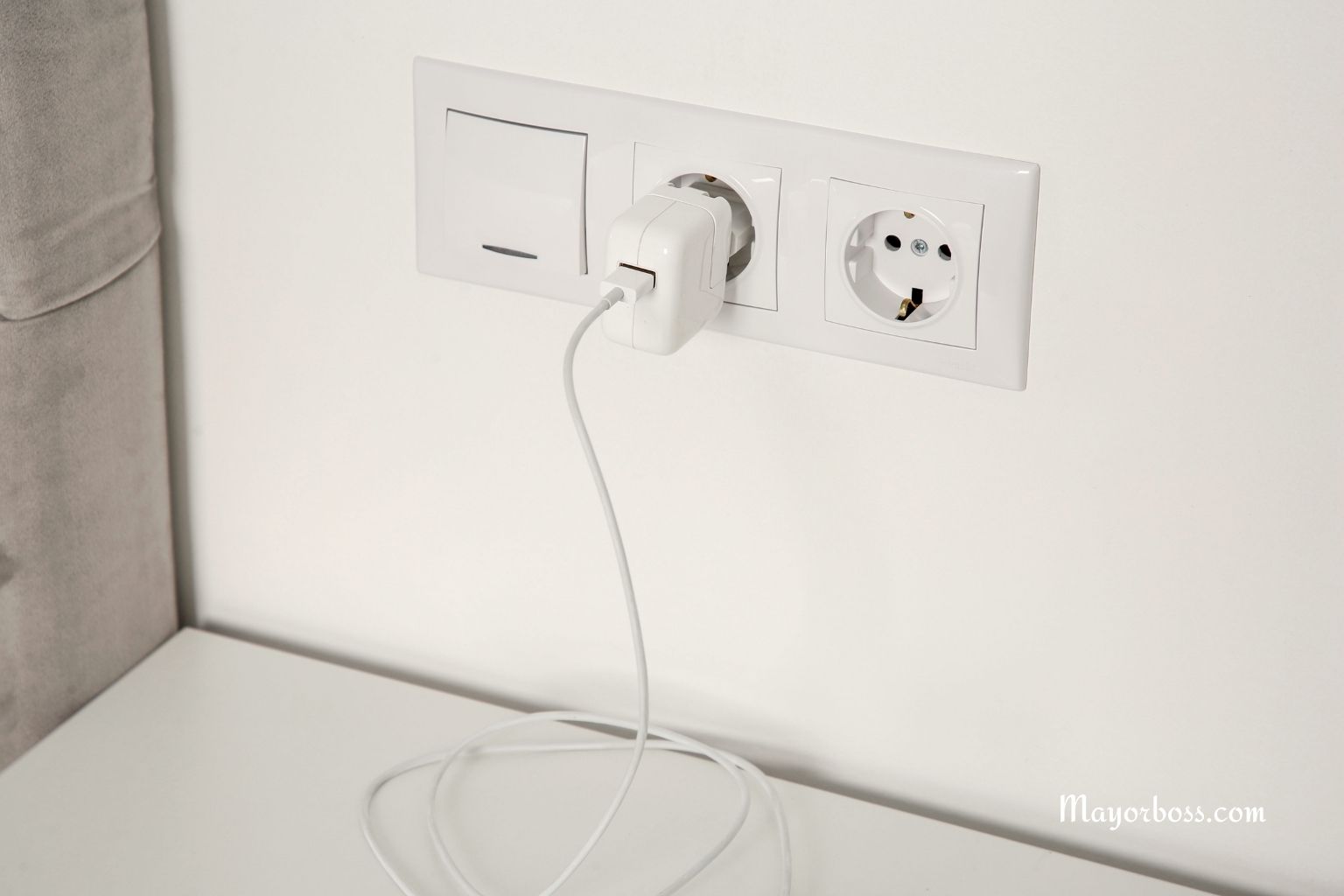Why Your House Feels Humid—and How to Stop It Before Mold and Damage Set In
High indoor humidity often comes from poor ventilation, water leaks, daily activities like cooking or showering, and weather changes. Lower humidity by fixing leaks, using exhaust fans, running a dehumidifier, and keeping airflow steady. This helps prevent mold and home damage.
Humidity measures the amount of water vapor in the air. When a house feels humid, the air holds more moisture than it should. This can create an uncomfortable, sticky feeling, make your home smell musty, and even damage your belongings or the building itself. High humidity indoors is more than just a nuisance. Over time, it encourages mold growth and wood rot, and can even affect your health.
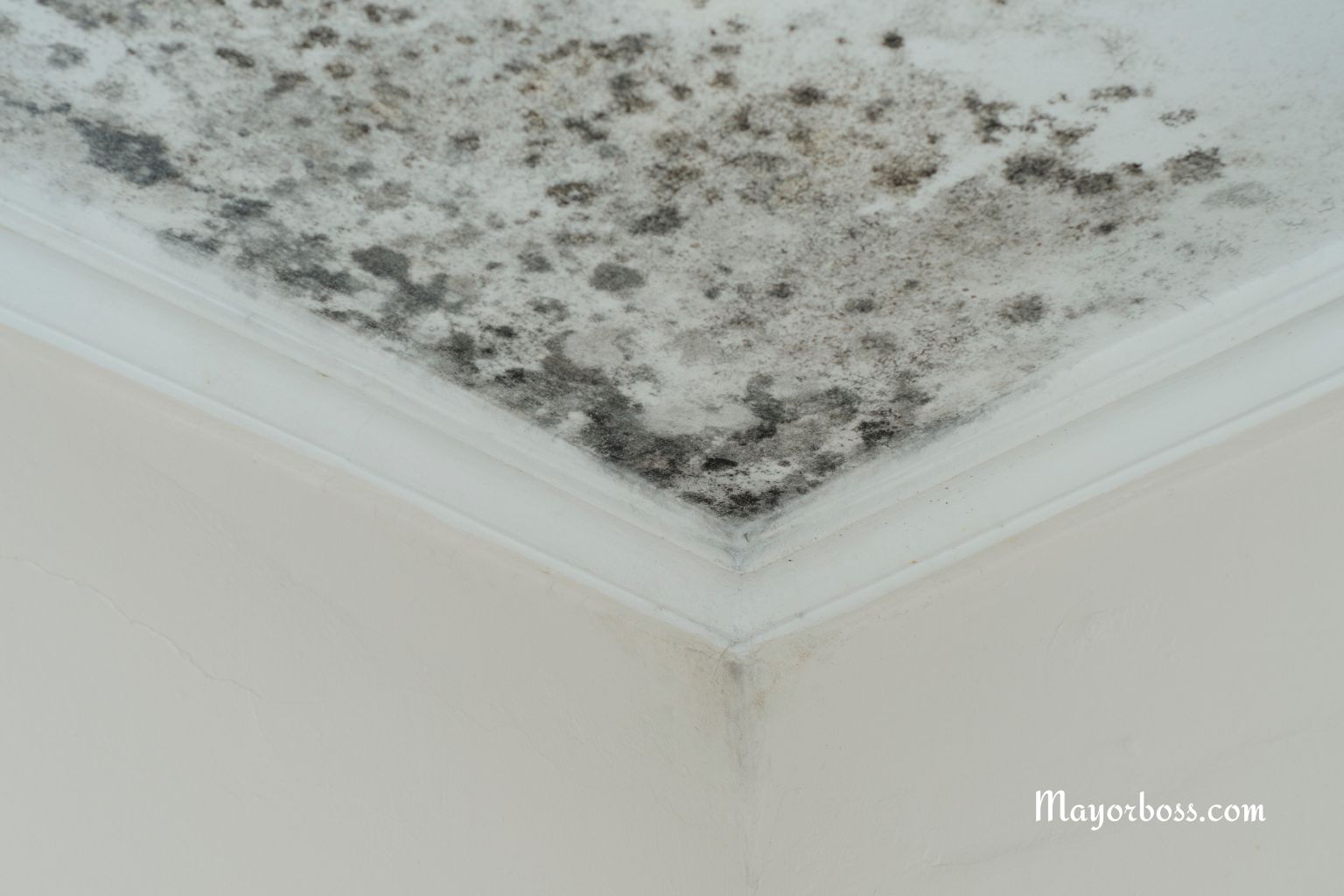
Why Does Your House Feel So Humid?
Several factors raise indoor humidity. Sometimes, more than one cause is at work. Here are the most common reasons:
1. Poor Ventilation
Modern homes are often built to be airtight for better energy efficiency. But if fresh air cannot enter, or stale, moist air cannot leave, humidity rises. Bathrooms, kitchens, and laundry rooms are especially prone to this issue. Without proper ventilation, steam and moisture have nowhere to go.
2. Water Leaks
Hidden leaks from plumbing, the roof, or even windows let water in. Over time, these leaks soak into walls or floors. Even small leaks can keep indoor air moist and create ideal conditions for mold and mildew.
3. Everyday Activities
Daily tasks like cooking, showering, or drying clothes indoors add a lot of moisture to the air. Boiling water, taking long, hot showers, dishwashers, rice cookers, crockpots, and even breathing contribute to indoor humidity. If your home cannot get rid of this extra moisture, it will build up.
4. Outdoor Weather
Weather affects indoor air. In warm, rainy, or humid climates, outside air brings in extra moisture. If you keep windows or doors open, humidity can enter and raise the indoor levels.
5. Houseplants and Aquariums
Large numbers of plants or open aquariums release moisture into the air. While these features make your home beautiful, they also increase humidity, especially in closed spaces.
Signs That Humidity Is Too High
Not sure if your house is too humid? Watch for these signs:
- Foggy windows
- Musty smells
- Damp walls or ceilings
- Mold spots on surfaces
- Peeling paint or wallpaper
- Condensation on pipes
You may also feel sticky or notice a heavy feeling in the air. If you see any of these symptoms, take action to prevent further damage and health issues.
Dangers of High Humidity
High indoor humidity can do real harm. Mold spores thrive in moist air. Once they take hold, mold spreads quickly on walls, ceilings, and furniture. Mold not only damages your home but also affects your health, causing breathing issues, allergies, and asthma attacks.
Moisture also weakens wood and drywall. Over time, this can lead to warped floors, rotting beams, and ruined furniture. Electronics and books can suffer too. If left unchecked, these problems can become expensive to fix.
How to Lower Humidity in Your House
Reducing indoor humidity protects your health and your home. Here’s how to get started:
1. Fix Leaks Promptly
Check under sinks, around windows, and near the roof for any signs of leaks. If you find water damage, repair the source immediately. Dry out any wet spots to stop mold from taking hold.
2. Use Exhaust Fans
Turn on exhaust fans in the kitchen and bathroom during and after cooking or bathing. These fans pull moist air out of the house. Make sure vents lead outdoors, not just into the attic or another room.
3. Run a Dehumidifier
Dehumidifiers pull moisture from the air, lowering humidity. Place one in damp areas such as basements, laundry rooms, or bathrooms. Empty the water tank as needed and clean the filter regularly.
4. Open Windows and Doors When Possible
If outdoor air is less humid than indoors, open windows or doors to let moisture escape. Cross-ventilation helps air flow through the house, pushing out damp air.
5. Dry Clothes Outside
Whenever possible, hang clothes outdoors instead of drying them inside. If you must use an indoor dryer, make sure it vents outside.
6. Limit Houseplants and Cover Aquariums
Keep houseplants to a manageable number and avoid grouping many together in small rooms. Cover aquariums to limit evaporation.
7. Insulate and Seal
Insulate cold surfaces like pipes and walls to prevent condensation. Proper insulation keeps outside humidity from entering and helps regulate indoor air.
8. Use Air Conditioning
Air conditioners do more than cool the air. They also remove moisture. Regular maintenance keeps them working well and helps control humidity.
When to Seek Professional Help
Sometimes, humidity problems need a specialist. If you find widespread mold, notice a persistent musty smell, or cannot find the source of moisture, call a professional. Mold removal and water damage repairs may require expert treatment.
Prevention
After fixing current issues, stay alert to future problems. Check your home regularly for leaks, dampness, or musty odors. Use a hygrometer to monitor indoor humidity—it should stay between 30% and 50%.
Good habits help keep your house comfortable. Run fans, maintain your HVAC system, and respond quickly to water leaks. These simple steps protect your home and health over time.
Frequently Asked Questions
1. What is the ideal indoor humidity level?
Aim for 30% to 50% relative humidity indoors. This range keeps your home comfortable and reduces the risk of mold and damage.
2. Can high humidity make me sick?
Yes. High humidity encourages mold growth, which can trigger allergies, asthma, and other breathing problems. It also attracts dust mites.
3. Will a dehumidifier fix all humidity problems?
A dehumidifier helps but may not solve the root cause. Address leaks, ventilation, and sources of moisture for long-term control.
4. How do I check my home’s humidity level?
Use a hygrometer. These small devices are easy to find in hardware stores and give an accurate reading of indoor humidity.
5. Why do I see condensation on my windows?
Condensation means the indoor air is too humid. Moisture forms when warm, humid air touches a cool surface like glass. Lowering humidity will reduce or stop condensation.


